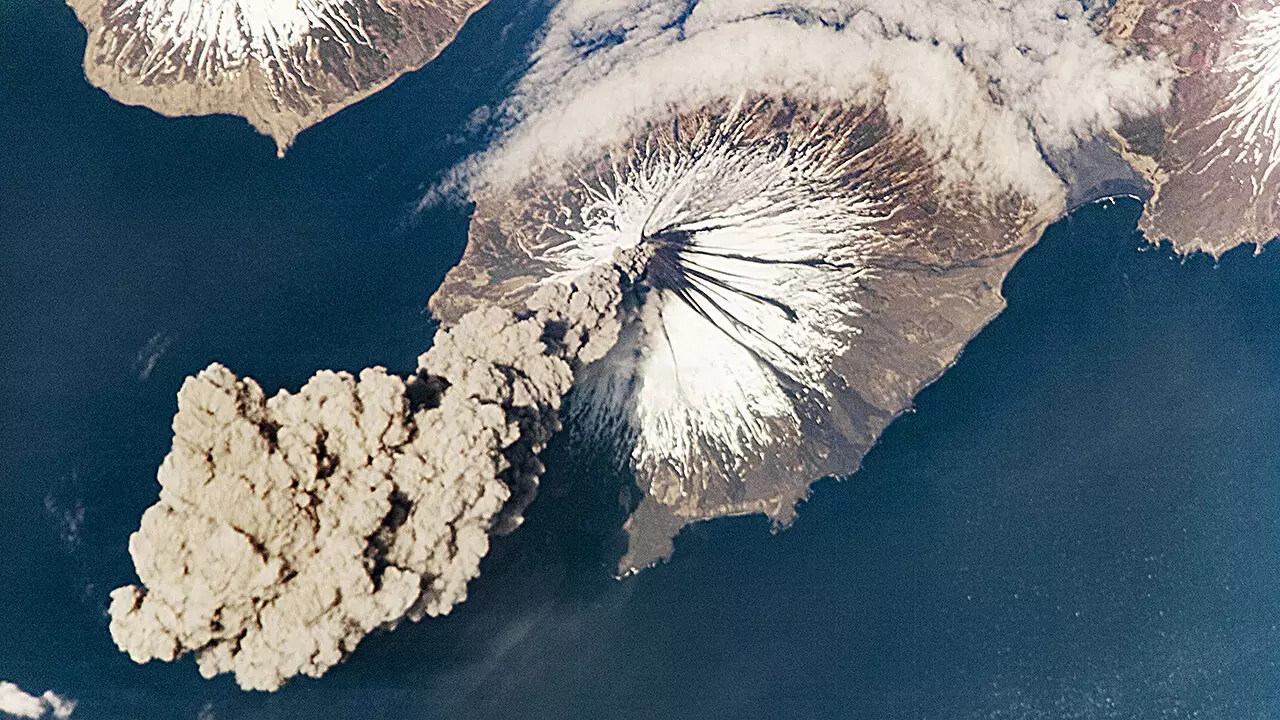Subduction zones, the sites where tectonic plates converge and one plate sinks beneath another, have long been a source of fascination for geologists. Among the dynamic processes occurring within these regions, the role of water is pivotal. Recent research by G. S. Epstein and his team sheds light on how the interactions between the Earth’s mantle and water-laden oceanic plates can influence volcanic activity and earthquake dynamics. This critical understanding challenges our preconceived notions, revealing not only the complexity of geological processes but also their implications for life above the surface.
The Lifecycle of a Subduction Zone
A subduction zone undergoes significant changes over geological timescales, and these alterations profoundly affect the release and distribution of water in the mantle. Epstein’s study highlights a crucial phase in this lifecycle: the interplay between a 90-million-year-old oceanic plate and a younger 10-million-year-old plate. It is during these transitional moments that water dynamics shift, impacting the stability of minerals within the mantle and consequently the degree of hydration in the surrounding areas. The researchers meticulously modeled these conditions, observing fluctuations in geophysical properties such as gravity anomalies and seismic velocities—key indicators of how mantle hydration correlates with subduction depth and temperature.
Water’s Role in Volcanic Activity
One of the most striking revelations from the study is how the presence of water, this seemingly simple substance, plays a crucial role in volcanic activity. In the early stages of subduction, while the descending plate is still shedding moisture, the conditions in the mantle wedge are not conducive to the formation of hydrous minerals. Instead, released fluids likely ascend and instigate melting processes, resulting in volcanic eruptions. This highlights an exciting aspect of geology: the cyclical nature of materials where water transforms from solid to liquid to vapor and back again, influencing the very landscape around us.
The Sweet Spot for Mantle Hydration
Interestingly, the research identifies a “sweet spot” for mantle hydration during the middle phase of subduction. In this interval, the descending slab is at a temperature that is still capable of releasing water, while the fore-arc wedge cools down, providing the perfect conditions for hydration. This phase evidently serves as an optimal time for the increased storage of water within the mantle—a significant finding as it suggests that Earth’s fore-arc tectonic area holds far more water than previously believed.
Critical Implications for Our Planet’s Water Cycle
What does this mean for our understanding of water cycling on Earth? The implications are monumental. The simulations conducted in this research indicate that the fore-arc mantle may hold an astounding tenfold increase in water volume compared to prior estimates. This represents about 0.4% of the total amount of water found in our oceans—a staggering quantity that begs for a reevaluation of how we view planetary water reservoirs. The intricate relationship between subduction zones and water reveals critical pathways for the movement of fluids between the mantle, the ocean, and the atmosphere, fundamentally altering notions of Earth’s hydrology.
The innovative research by Epstein et al. not only enlightens our understanding of mantle hydration and the mechanisms of volcanism but also challenges the conventional wisdom surrounding the Earth’s subsurface water stores.


Leave a Reply